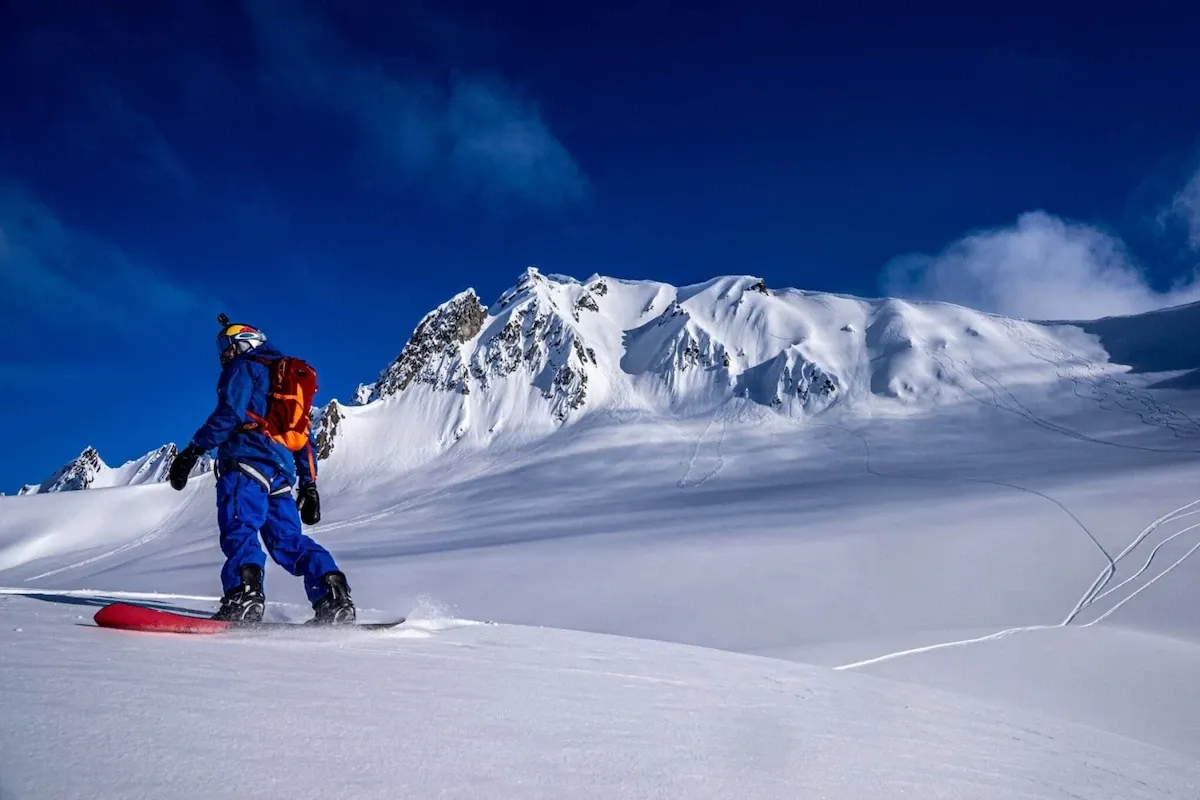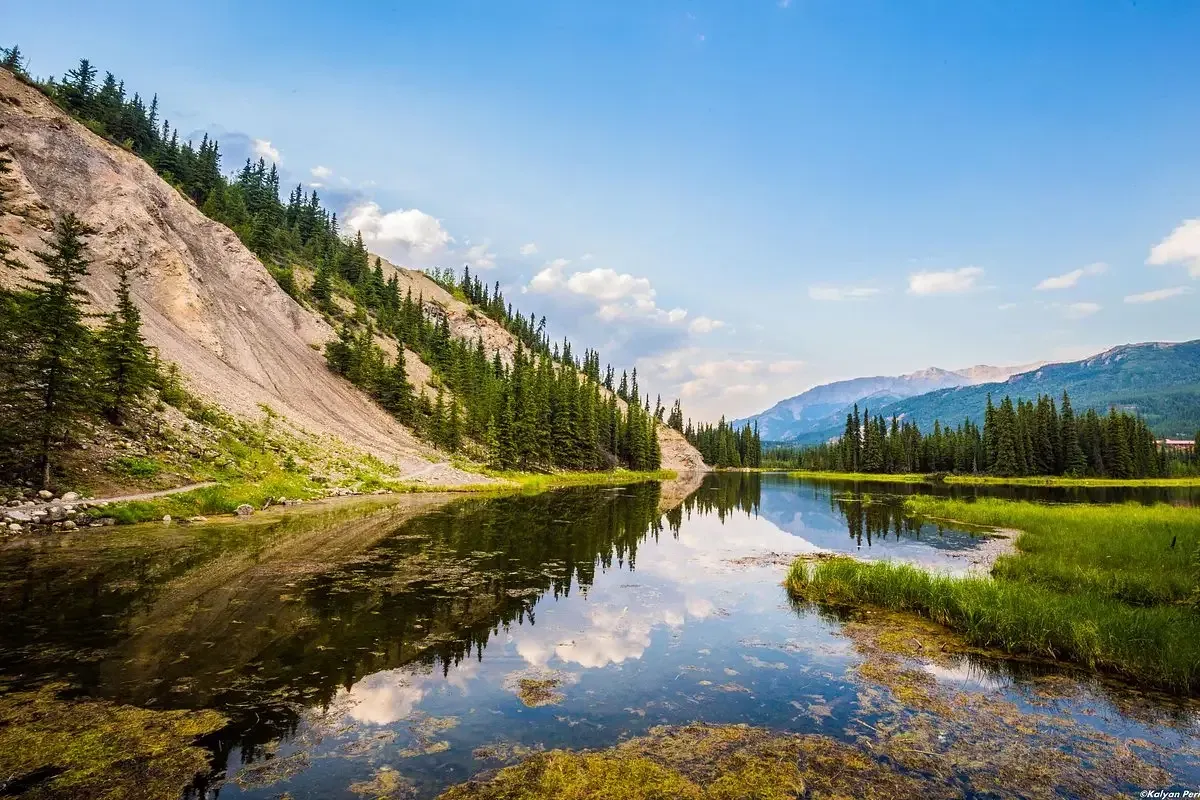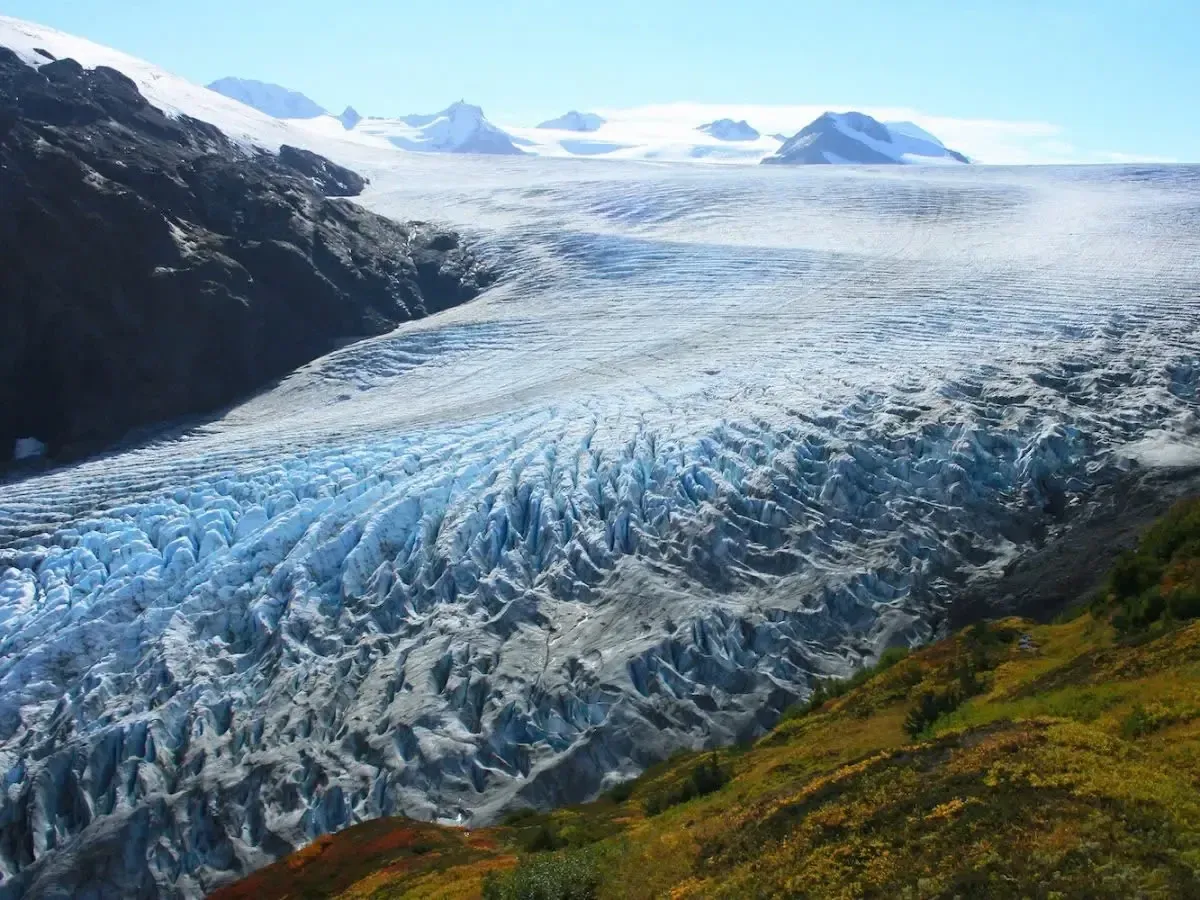Alaska, the “Last Frontier” of the United States, emerges as a dazzling gem, shimmering under the pristine snow during winter. No longer basking in the glory of summer, Alaska transforms into a mystical, untamed paradise during winter, offering one-of-a-kind adventures. If you’re planning to explore this enchanting land in its icy splendor, here’s a complete guide from Discovery To Wonders to help you prepare for an unforgettable winter journey to Alaska.
1. Pack Smart: Essential Gear for Winter Travel to Alaska
Traveling to Alaska in winter means navigating harsh weather conditions with temperatures dipping to as low as -30°C (-22°F). A well-thought-out packing strategy is crucial for staying healthy and comfortable throughout your adventure.
Visa and Documents:
For Vietnamese travelers, a U.S. visa is mandatory to visit Alaska. Make sure to prepare all necessary documents and apply for the visa at least 2–3 months ahead of your planned departure. Besides your visa, carry a valid passport, round-trip tickets, travel insurance, and other essential identification documents.
Cold-Weather Clothing:
Layering is the golden rule for keeping warm in Alaska’s freezing temperatures.
- Base Layer: Opt for thin, sweat-wicking thermal wear made from materials like merino wool or synthetics.
- Middle Layer: Sweaters, fleece, or lightweight down jackets provide a second insulating barrier.
- Outer Layer: A heavy-duty, windproof, waterproof jacket with a hood is your ultimate defense against Alaska’s biting cold. Gore-Tex or similar materials are ideal.
- Pants: Combine thermal base layers with waterproof pants for maximum warmth.
Must-Have Winter Accessories:
- Gloves: Carry at least two pairs: thin liner gloves for handling devices and thicker, waterproof gloves for outdoor activities.
- Beanie: A snug, fleece-lined beanie will keep your head and ears warm.
- Scarf: Wool scarves or multifunctional neck gaiters protect your neck and face.
- Thermal Socks: Thick wool or heat-retaining socks are essential for keeping your feet warm.
- Footwear: Snow boots with waterproof features and anti-slip soles offer reliable support on icy terrain.
- Sunglasses: Protect your eyes from sun glare reflecting off the snow with polarized sunglasses.

Personal Items and Medications:
- Sunscreen and Lip Balm: Cold, dry weather can cause skin and lips to crack.
- Moisturizer: Regular application will prevent dry and flaky skin.
- Medications: Pack personal prescriptions along with general medications for colds, headaches, fever, motion sickness, and specific health conditions.
- Power Banks: Cold can drain your phone and camera batteries faster. Bring extra power banks to capture every magical moment.
2. Winter in Alaska – The Golden Season for Unique Experiences
Alaska’s winter stretches from November to March, unveiling a beauty unparalleled by other seasons. It’s the perfect time to relish winter-specific activities and marvel at the wonders of nature.
Chasing the Aurora Borealis:
Alaska is often regarded as a haven for witnessing the northern lights. With clear night skies and minimal light pollution, coupled with solar activity, it creates optimal conditions to experience the mesmerizing dance of the Aurora Borealis. Popular spots include Fairbanks, Anchorage, and Denali National Park. Equip yourself with a professional camera and tripod to capture these magical displays.

Skiing and Winter Sports:
Alaska is a paradise for winter sports enthusiasts. Renowned resorts like Alyeska Resort, Eaglecrest Ski Area, and Hilltop Ski Area feature exciting options such as skiing, snowboarding, snowmobiling, and ice climbing. Whether you’re a beginner or a seasoned pro, Alaska caters to all experience levels.
Dog Sledding Adventures:
Dog sledding is an iconic Alaskan experience. Riding on sleds pulled by energetic huskies through serene snow-covered forests offers both thrill and intimacy with nature’s wilderness.
Ice Fishing on Frozen Lakes:
Ice fishing is a unique winter pastime that tests patience and endurance. Alaska’s frozen lakes abound with fish species. Try your hand at ice fishing for a taste of the rugged outdoors.
Winter Festivals:
Don’t miss Alaska’s lively winter festivals, like Fur Rendezvous in Anchorage (February–March) and the World Ice Art Championships in Fairbanks (February–March). These events showcase local culture, art, and food in a festive atmosphere.
3. Must-Visit Winter Destinations in Alaska
Beyond its snow and ice, Alaska boasts stunning landscapes and enticing attractions during winter.
Denali National Park:
Denali National Park embraces a tranquil, pristine beauty in winter. While certain areas close off due to heavy snow, you can partake in special bus tours to admire snow-capped Denali Mountain or spot wildlife such as caribou, wolves, and Arctic foxes in their natural habitats.

Fairbanks – The Aurora Capital:
Fairbanks is known as the world’s Aurora capital due to its favorable geographic location and high northern light activity. Besides witnessing the Aurora Borealis, explore attractions like Museum of the North, Chena Hot Springs, and Santa Claus House in nearby North Pole.
Anchorage – Gateway to Alaska:
Anchorage, Alaska’s largest city, serves as a hub for travel and tourism. Its winter isn’t as severe as other regions, allowing easy exploration of museums, parks, shopping areas, and restaurants. Don’t miss Alaska Wildlife Conservation Center and snow-covered hiking trails within the city.
Juneau – The Fjord-lined Capital:
Juneau, Alaska’s capital, nestles between majestic mountains and picturesque fjords. Its serene winter atmosphere offers highlights like Mendenhall Glacier, Alaska State Museum, and Mount Roberts Tramway for panoramic city and fjord views.

4. Important Tips for Safe and Memorable Winter Travel in Alaska
- Monitor Weather Closely: Alaska’s winter weather can change unpredictably. Check daily forecasts to plan accordingly and prepare for sudden changes.
- Travel Carefully: Roads are often slippery from snow and ice. Walk slowly, wear anti-slip boots, and use walking sticks if necessary. Drivers should maintain slow speeds, keep safe distances, and inspect vehicle conditions before trips.
- Stay Warm: Always dress warmly outdoors. Drink hot beverages and eat wholesome meals to retain body heat.
- Prioritize Health: Cold weather increases risks of hypothermia, colds, and flu. Rest adequately, drink plenty of fluids, and consult your doctor if you have pre-existing health conditions.
- Pre-book Services: Winter is Alaska’s peak travel season, especially during festival times. Book flights, accommodations, tours, and other services early for better rates and availability.
- Learn Local Culture: Alaska has a rich native culture worth exploring. Understanding local traditions enhances your visit and ensures respectful interactions.
5. Cost of Winter Travel to Alaska
Overall, traveling to Alaska in winter can be pricier compared to summer due to high demand for services. Here’s an estimated breakdown:
- Airfare: Round-trip flights from Vietnam to Alaska cost around 1,000–1,600 USD.
- U.S. Visa: The visa fee is roughly 160 USD.
- Hotels: Average lodging rates range from 150–300 USD per night.
- Meals: Daily meal expenses typically range between 50–100 USD.
- Transportation: Costs vary based on public transit or car rental choices.
- Activities: Entry fees for attractions and winter activities cost between 50–200 USD per event.
Pro Tip: Save money by traveling during off-peak periods (November, early December, or March), choosing budget-friendly accommodations, cooking your meals, and relying on public transportation.
Conclusion
Winter travel to Alaska is a thrilling and rewarding experience. Despite the challenging weather, Alaska’s rugged beauty, unique winter activities, and breathtaking northern lights guarantee unforgettable moments. With the tips and insights provided by Discovery To Wonders, you can expect a safe, fulfilling, and memorable journey to America’s Last Frontier. So pack your bags, create your itinerary, and get ready to explore this icy wonderland!